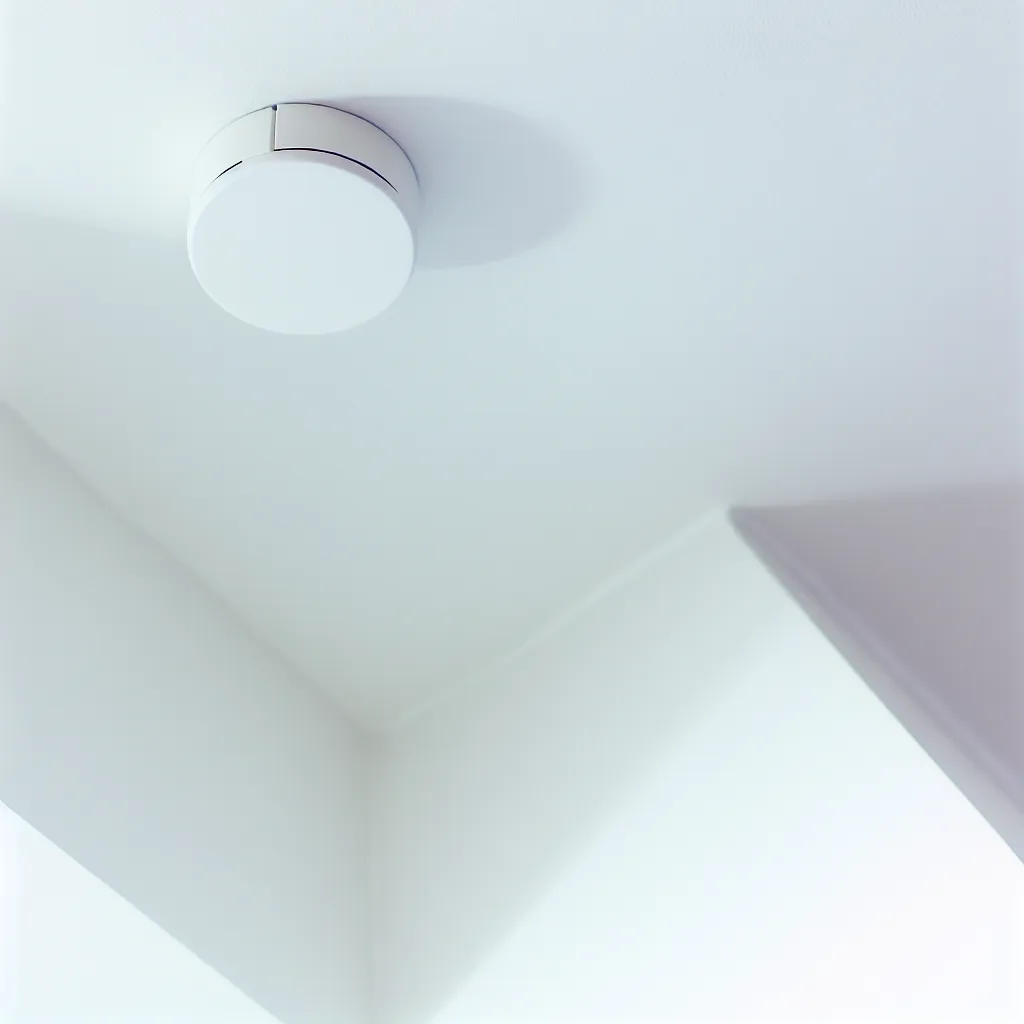How I’m using a simple enclosure to finally hide smart home devices and make my setup look clean.
I love building things for my smart home. There’s a special kind of satisfaction in setting up a tiny ESP32 board to solve a real problem, like improving Bluetooth tracking or knowing who’s in what room. But let’s be honest: a circuit board with a blinking LED taped to the wall isn’t exactly a design statement. For a long time, I’ve struggled with the final step of any DIY project: how to hide smart home devices without sacrificing their functionality.
My house was starting to get littered with these little technological marvels. An ESPHome Bluetooth proxy here, an ESPresense node there. They worked great, but they looked messy and temporary. The “spouse approval factor” was dropping fast. I needed a solution that was clean, simple, and didn’t involve stuffing everything into a closet where it wouldn’t work as well.
Then, I had one of those ‘aha!’ moments. The best way to hide something isn’t always to lock it away—it’s to put it right out in the open, disguised as something boring.
The Perfect Disguise: Hiding Smart Home Devices in Plain Sight
The idea is simple: a small, clean-looking plastic enclosure that mounts on the ceiling or high up on a wall. Think about the humble smoke detector. You probably have several in your home, and you never, ever notice them. They just blend into the background.
That’s the goal here. By creating a similar, nondescript housing for my ESPHome devices, I could make them functionally invisible. People’s eyes just slide right past them. It solves the problem of needing to place Bluetooth proxies and presence detectors in central locations for the best coverage, without having to look at a bare circuit board every day.
For me, this meant firing up the 3D printer. You can find tons of project files on sites like Printables or Thingiverse for “ESPHome cases” or “sensor enclosures.” Many are designed to be minimal and clean, perfect for this kind of project. You can print them in a color that matches your walls or ceiling, and suddenly, that messy project board becomes a discreet, professional-looking sensor.
More Than Just a Pretty Case
Once I started thinking about creating a custom enclosure, I realized I could do more than just hide the device. The enclosure wasn’t just a box; it was an opportunity to add more features. Why stop at just a Bluetooth proxy when a little more effort could turn it into a multi-purpose smart home hub?
Here are a couple of ideas I’m playing with for my next build:
- A Built-in Night Light: Adding a single addressable LED is incredibly simple. You can program it to cast a soft, downward glow at night, making it a perfect automatic night light for a hallway or bathroom. It’s subtle, useful, and runs on the same board that’s already there.
- An All-in-One Sensor Suite: Many ESP32 boards have extra pins just waiting to be used. I’m thinking of adding a port for Grove-compatible sensors. This opens the door to easily adding sensors for temperature, humidity, air quality, or motion without running more wires or having more devices cluttering up the room.
- Perfecting Presence Detection: This is especially great for ESPresense nodes. They need a clear line of sight to accurately detect phones or smartwatches. Mounting them on the ceiling in an unobtrusive case gives them a perfect vantage point of the entire room, making presence detection faster and more reliable.
Your Path to a Cleaner Smart Home
You don’t need to be an electrical engineer to pull this off. The smart home community has already done most of the hard work. If you’re tired of looking at exposed electronics, this is a really rewarding weekend project.
The heart of it all is a simple ESP32 board, which you can get for just a few dollars. From there, the official ESPHome website has fantastic documentation to get you started with the software. It’s all configured with straightforward YAML files, so you don’t need to be a coding genius.
This approach has genuinely changed how I feel about my DIY projects. It’s taken them from feeling like temporary experiments to permanent, polished parts of my home. It proves that you don’t have to choose between a powerful, customized smart home and one that looks clean and uncluttered. You can absolutely have both.
